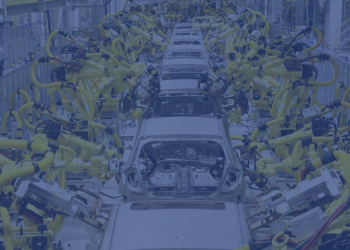
Transform Your Supply Chain Planning and Marketing Strategies with Google Cloud and SAP Integration

Transform Your Supply Chain Planning and Marketing Strategies with Google Cloud and SAP Integration
The customer is one of the largest automotive manufacturing companies in India, by market share. The customer designs, builds and delivers electric vehicles (EVs). One well-publicized issue concerns the efficiency of the vehicle since the market in India is very sensitive to this information. The ability to control and monitor the power source of the vehicle is a critical component of achieving high efficiency of usage of electricity and other fuels.
Showing the amount of power remaining in the battery (i.e., its state of charge) is relatively simple. However, in order to facilitate consumer confidence, the accuracy of the amount of range a given increment of electricity provides (e.g., miles or kilometers per remaining charge) is a key enabler. By leveraging historical and current information, it is possible to compute and display much more reliable and valuable figures regarding the RUL (Remaining Useful Life) of a car. With these objectives in mind, the client needed help in analyzing the vast quantity of telemetry data collected over a period of time and in building a machine learning model (specifically, a sequence model) to predict the RUL of an EV at each point in time of the operation of said vehicle.
The Pluto7 team examined the data to first prepare it in a format that can be used by a machine learning model, then upon analysis, strove to engineer features whose addition could improve the performance of the machine learning model. The given data consists of a large number of observations, each of different vehicles on different trips at different points in time. The relevant data was uploaded to BigQuery so that our team could confirm findings and perform some preliminary data transformation. Doing this allowed to explore the data at scale and speed.
The team then used Google Cloud Dataprep for the purpose of feature manipulation and engineering. Once this was complete, we started building a machine learning model to predict the RUL of an EV.
With the ease of scalability on Google Cloud Platform, the time taken to train Machine Learning model was brought down by a considerable amount of duration. The availability of the GCP components such as BigQuery enabled the team members to seamlessly pre-process a huge amount of raw datasets without depending on the IT team to upgrade the on-premise computing resources.
Several advanced machine learning models were tried to predict the Remaining State of Charge that resulted in various levels of forecast accuracy. The production-ready model (XGBoost) was finalized based on the best performing accuracy as compared to the existing rule-based approach.
Enable Decision Intelligence Into Every Corner Of Your Product And Operations.
